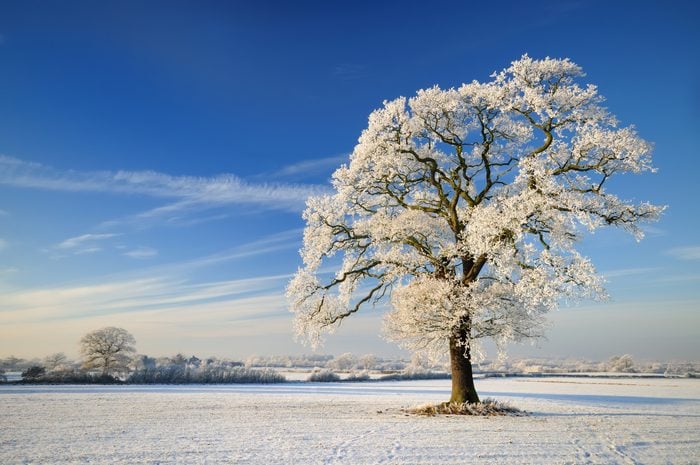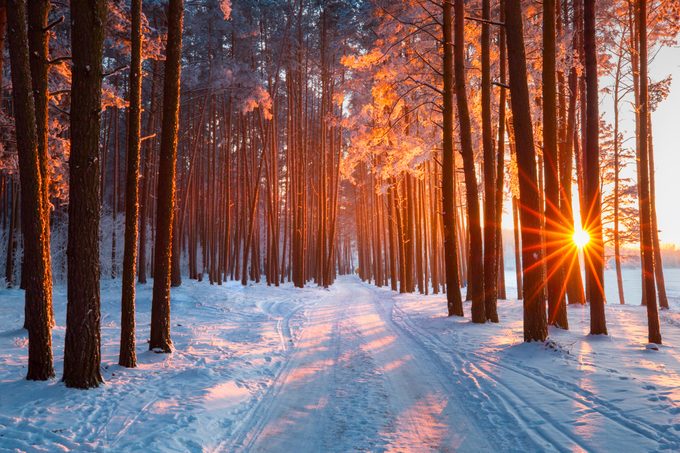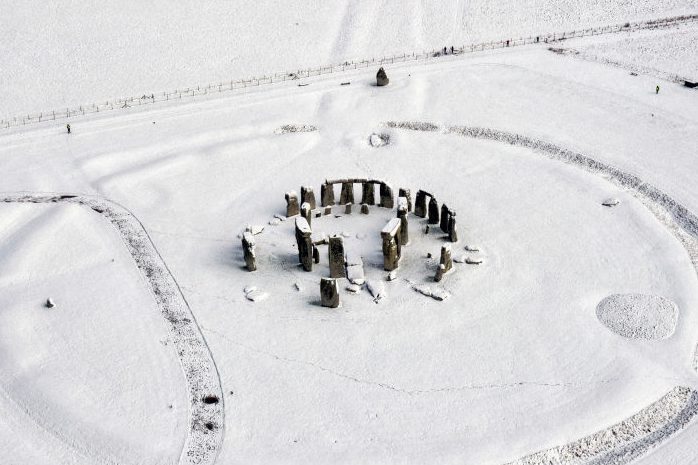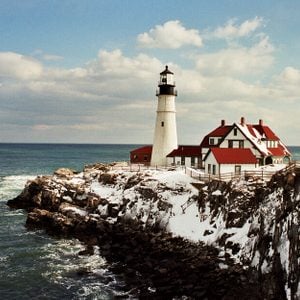2023 Winter Solstice: What to Know Before It Arrives
Updated: Dec. 18, 2023

If you're wondering, "When is the winter solstice?" don't worry—we've got your answer. Here's when it is in 2023, plus other key solstice facts to know.
The winter solstice—a day many hear about, but may not completely understand. Most people know it’s the shortest day of the year, but they may not know the science behind it. Why does it happen, anyway? And what exactly is a solstice? Turns out, there’s more to the winter solstice than just a short day and long night. Read on to learn key things about the winter solstice 2023 before it arrives, like the moment it will happen and the other names it goes by around the world. Here is winter solstice astrology for this year to make matters more interesting!
Get Reader’s Digest’s Read Up newsletter for more holidays, humor, cleaning, travel, tech and fun facts all week long.
When is the winter solstice?
In 2023, the winter solstice is happening on Thursday, Dec. 21 at 10:27 p.m. EST in the Northern Hemisphere. Yep, it only lasts a brief moment, not a whole day, as many believe!
What is the winter solstice?

The winter solstice is the day we have our shortest day and our longest night. Typically, it falls on Dec. 21 or Dec. 22 (only a few days before Christmas) in the Northern Hemisphere, and on June 20 or June 21 in the Southern Hemisphere.
The winter solstice is rooted in an astronomical event. During this time, the sun is at its lowest point in the sky in the Northern Hemisphere. This means the Northern Hemisphere is tilted farthest away from the sun, which is why it’s the shortest day of the year. After the winter solstice, the Northern Hemisphere starts to tilt toward the sun again, which is why the days get longer.
The Northern and Southern Hemispheres experience their solstices at opposite times due to the way Earth tilts on its axis. If the Northern Hemisphere is tilted away from the sun, the Southern Hemisphere is tilted toward the sun, and vice versa. That’s why the Southern Hemisphere has its winter solstice in June; it’s tilted farthest from the sun, whereas the Northern Hemisphere is tilted toward the sun and experiences its summer solstice.
Facts about the winter solstice

Now that you know the ins and outs of the winter solstice, here are some fun facts you may not know about it.
The word solstice is Latin
The word solstice is derived from two Latin words: sol, meaning “sun,” and stit, meaning “standing.” Ancient people called it “solstitium,” which was eventually shortened to “solstice.”
A solstice is different from an equinox
Solstices define the longest and shortest days of the year, whereas equinoxes (which we see in the spring and fall) define days that have the same amount of daytime and nighttime.
Stonehenge may be connected to the winter solstice
Some believe that Stonehenge, the famous English prehistoric monument, was built to celebrate the solstices.
Other planets have solstices too
According to NASA, each planet in Earth’s solar system has its own solstices and equinoxes. The length of each season and when each solstice and equinox occurs depend on the planet’s tilt. For instance, Uranus is tilted by 82 degrees, so it deals with seasons that last two decades.
The winter solstice goes by multiple names
The winter solstice has a couple different names, depending on where you’re from. Some alternative names for the shortest day of the year include Yule, Midwinter, The Longest Night and Solstice Night.
Sources:
- Farmers’ Almanac: “The First Day of Winter 2023: Winter Solstice
- Space.com: “When is the Winter Solstice and what happens?”
- Merriam-Webster: “Solstice”
- NASA: “Interplanetary Seasons”


